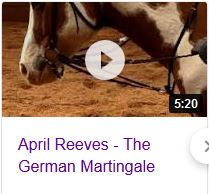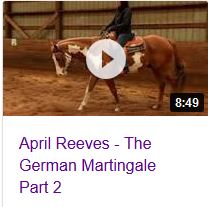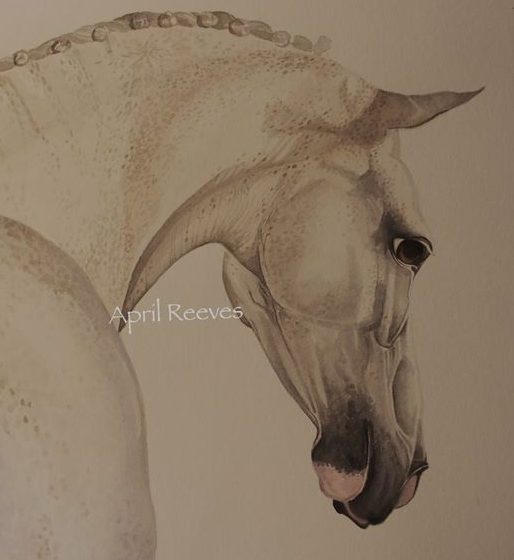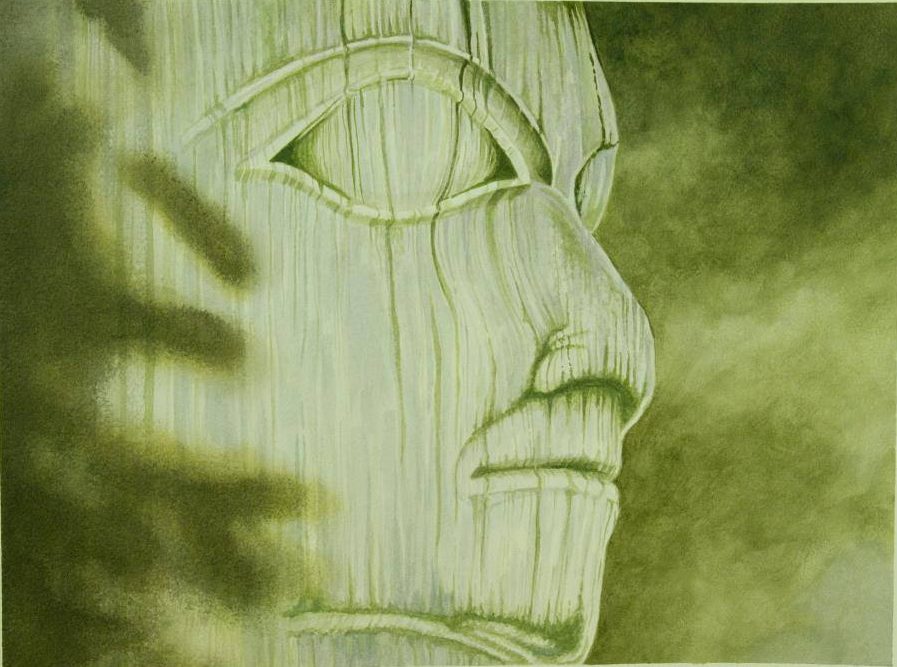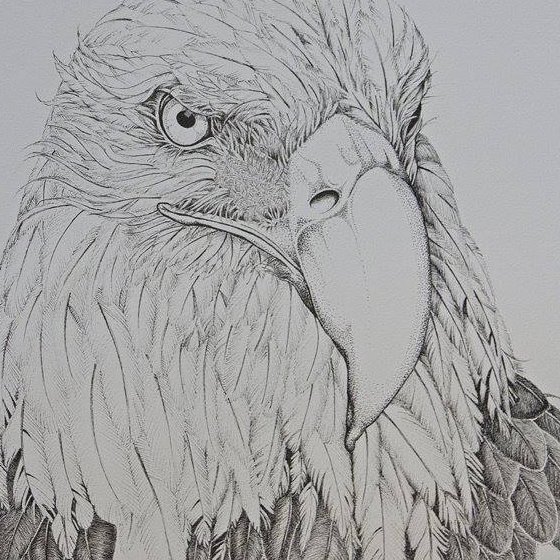This was an ongoing email from a young rider in Australia. These are often the most fun!
Question: I have been riding English for about 7 years now. I think I’m a pretty good rider, and I do take lessons in the cooler months. I’m trying to learn about down transitions. I can’t get them and I’m confused from what my coach tells me. I have to keep my legs on and bring my hands back, but my mare just slows down and gets bouncy and doesn’t stop. I don’t understand what the reason for having my legs on the horse to stop is? My coach can’t tell me in a way that I get, and was hoping you could.
Answer from April Reeves: Well Alli you are not going to like my answer much, because it goes against everything your coach is telling you.
First, lets address legs on. If it confuses you, it should. It is the signal for forward and, done correctly, to bring the hindquarters under the horse, and although a lot of teachers believe you should have your legs on for downward transitions, I don’t and here’s why.



 You’ve probably heard lots of discussion about whether or not to work your dressage horse “deep.” There are a variety of opinions on the matter. Some riders warm up and cool down their horses “long and low” to stretch and loosen the muscles. Others always school in a balance and frame appropriate to the level at which they are working; they never stretch their horses. Many trainers school in a deep frame only during the movements when the horse habitually comes above the bit. Still others do all of their work “extremely deep” with the horse’s nose almost on his chest; they bring him up only when they are getting ready to compete.
You’ve probably heard lots of discussion about whether or not to work your dressage horse “deep.” There are a variety of opinions on the matter. Some riders warm up and cool down their horses “long and low” to stretch and loosen the muscles. Others always school in a balance and frame appropriate to the level at which they are working; they never stretch their horses. Many trainers school in a deep frame only during the movements when the horse habitually comes above the bit. Still others do all of their work “extremely deep” with the horse’s nose almost on his chest; they bring him up only when they are getting ready to compete.

 Question:
Question:

 Question:
Question:
